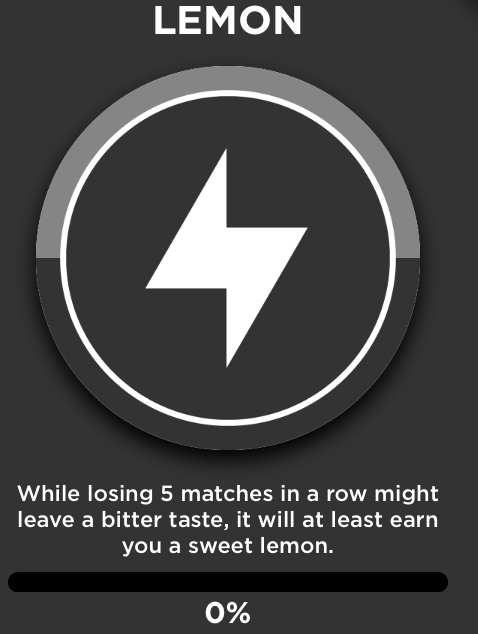When I think back to my process for gamifying my Physics class last year, it felt a little like the journey a coach goes through while preparing for that first game of the season. The planning and execution phases can easily be divided into training camp, designing the playbook, pre-game pep-talk, the season opener, and finally reviewing tape. In this post I will discuss my approach to training camp.
I am a die hard Cowboys fan in case you couldn't tell from the picture at the beginning of this post. While searching for an appropriate image for training camp, I happened upon this headline from CBSlocal.com.
Cowboys May Use Center Who Never Snapped
This resonated with me as I was by no means a gamer when I decided to explore this option in my class. I had played my share of Angry Birds, but that was about it unless you counted my brief pre-teen encounters with Space Invaders, Pac Man and the occasional game of Frogger. Once I discovered boys, I tried to forget that Atari and parachute pants were ever part of my vernacular.
I wouldn't even consider myself a casual gamer. Last year, while the idea of gamification was percolating in my brain, I taught across the hall from a true gamer who was completely immersed in gamifying homework practices in his class. I called him Crazy Train as the ride he was on was borderline obsessive and insane (or so I thought at the time). I frequently caught myself checking to make sure the coast was clear before leaving my room in an effort to avoid interactions with him because every conversation was ultimately dominated by his overwhelming excitement over things like avatars, subeconomies, level-ups, warp zones, and other gamer terms that sounded a lot like Chinese to me.
Fortunately, for me, I soon discovered that you do not need to be a gamer to gamify your content. That is what training camp is all about. For the non-gamers out there that are looking for a way to make your classes more engaging and fun, this is a good place to start. As a bonus, gamification will also help the learning stick.
Step 1: Play Games...Actively
To get started you simply need to play some games. Pick something easy and manageable at first, like Angry Birds. Approach your game play with the same strategies that you advise your students to use when "actively" reading an article or chapter in a book. Be an active, reflective participant in your game play.
While playing, ask yourself the following questions and take note of your responses:
- What emotions did you feel throughout the game play and how did you respond?
- What made you want to continue playing?
- Was there only one way move to the next level, or did you have choice in your journey?
- What happened when you made mistakes and how did you feel?
- Did you feel like you were in control?
- What kind of feedback did you get, and how often?
- How did the feedback affect your play?
- What elements of the game helped you to maintain your focus?
- What was your reaction to failure? How was this different to other experiences you have had with failure?
- What role did game mechanics play in your experience? What role did the fictional story line play in your experience? (If you are not familiar with these terms, read through the references to these in my previous post.)
- What learning was required of you to be successful in the game?
Now compare your experience to the experience that your students have while participating in one of your lessons. How are they similar? How are they different?
Step 2: Do a Little Research
There are three books that I have found helpful in designing my game.
- The Gamification of Learning and Instruction: Game-based Methods and Strategies for Training and Education
- Designing Games: A Guide to Engineering Experiences
- Gamification by Design: Implementing Game Mechanics in Web and Mobile Apps
There is also great value in reading blogs about gamification. Once you discover a blogger that has a passion for gamification, check out the bloggers that are linked to his/her blog. This is a hot topic at the moment, so a simple search should send you in the right direction. A few that I would highly recommend at the moment are:
You should also follow these people on Twitter if you are a Tweep:
@gzicherm @roybot @mrmatera @DanBenoni @alicekeeler
Finally, if you are really keen, Kevin Werbach from U. Penn offers a course on Coursera about Gamification. He doesn't have one going at the moment, but you can add yourself to the watchlist and Coursera will inform about the next start date. You can also contact him personally on Twitter @kwerb
Step 3: Discuss Your Ideas with Colleagues
After doing a bit of research, I was ready to jump on the Crazy Train myself (metaphorically speaking). It was truly great to have him as a resource throughout this process. If there are other teachers interested in gamification at your school or district, form a group to discuss strategies with each other. Two minds (or three or four) are always better than one. If you are flying solo, revert back to my Twitter suggestion. There are so many people out there who would love to discuss this topic with you. Just search using the hashtags #gamification or #gamify, find someone who is tweeting about relevant experiences and then engage them in a dialogue, or reach out to one of the handles posted above. You can also send questions to me at @roryaileen.
As we head into summer vacation, this is the perfect time to start exploring gamification while you are not immersed in the day to day grind of being a teacher. Gamifying your content takes time. Start small and give it a go! In my next post I will discuss designing your playbook. Until then, happy training!











